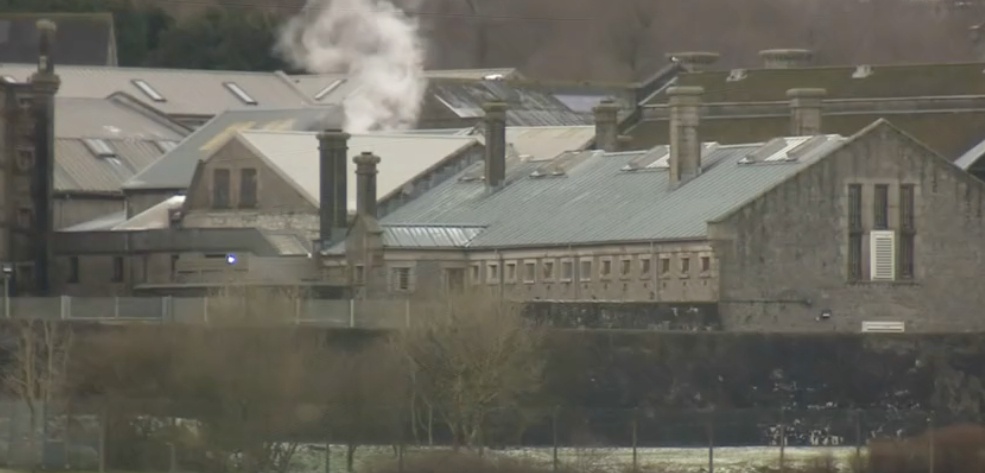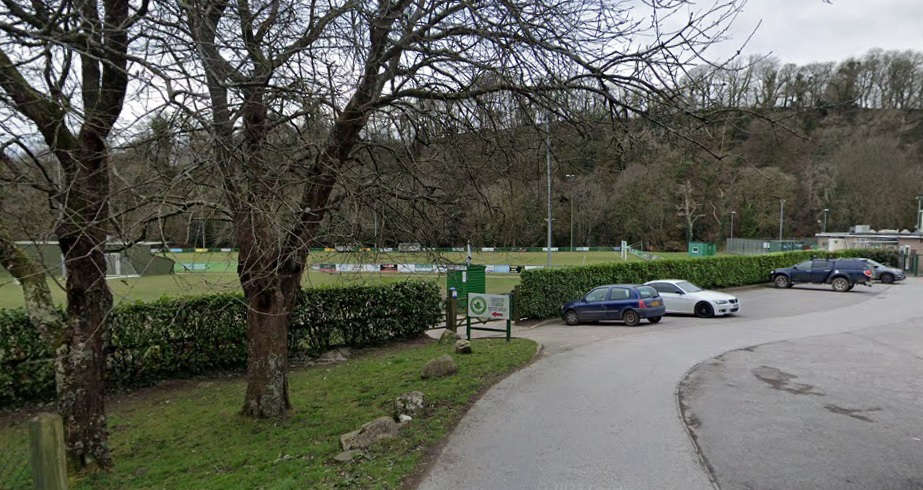
Radioactive 'silent killer' at jail
Testing is continuing at Dartmoor Prison after high levels of a gas known as the ‘silent killer in the countryside’ were detected.
Some prisoners were moved out of the jail last month after tests revealed higher-than-acceptable levels of radon gas.
The Prison Service moved 194 prisoners to other locations amid fears that having them locked in granite-walled cells for long periods exposed to the gas could lead to serious long-term health problems.
Radon is an invisible and odourless radioactive gas formed by decaying uranium found in rocks and soils. It causes more than 1,000 deaths from lung cancer every year.
Decaying uranium is present all over the planet, but is concentrated in places rich in granite, such as Dartmoor and elsewhere in Devon and Corwall. It is harmless in the open air, but can seep into buildings and reach dangerous levels.
No illnesses have been reported among prisoners or staff as yet, but a Prison Service spokesman told the BBC: “A number of prisoners have been relocated as a precautionary measure after routine testing revealed higher-than-normal levels of radon.
“This is a temporary measure while work to permanently reduce radon levels is completed and there are no safety implications to staff or prisoners who remain on site.”
Concerns were also raised for the health of prison officers working in the jail at Princetown, which was originally built of granite stone in 1809 to hold French prisoners captured during the Napoleonic wars. The prison has a Grade II-listed cemetary with the remains of around 1,200 French and 270 US prisoners from the Anglo-American wars who died at Dartmoor.
Staff have always been aware of the presence of radon, but the recent tests have led to fears that they, too, may have been exposed to high-risk levels of the gas.
Sarah Rigby, regional spokesperson for the Prison Officers Association (POA), said: “At this current time, the Prison Service is saying the risk for staff is lower than it is for prisoners because of the amount of time prisoners spend locked in their cells, where the ventilation is poor.
“Staff do not remain in one area for the equivalent length of time that prisoners spend in their cells. I am not a scientist, so I cannot say if this is true or not.
“There is ongoing testing in many areas and the testing is carried out over a period of time as the radon readings cannot just be taken once. They are taken numerous times in numerous different places.”
The POA has a system for members to record any potential exposure, and they are also advised to tell their doctors.
However, the situation is complicated as symptoms may not become noticeable for years after exposure.
The independent Radon Council welcomed the move to relocate prisoners.
It said in a statement: “It is good to note that Dartmoor Prison services have identified radon issues and are installing protective measures.
“Radon is a hazard in many homes and workplaces. Breathing in radon is the second largest cause of lung cancer in the UK resulting in over 1,000 fatal cancers per year.
“However, radon hazards are simple and cheap to measure and relatively easy to address if levels are high. Under UK regulations, all employers must review the potential radon hazard in their premises.”
Justice minister Edward Argar recently answered questions on Dartmoor prison’s radon problems.
He said: “Radon occurs naturally in various parts of the UK, including Dartmoor, and we monitor for its presence in accordance with Health and Safety Executive guidelines.
“Elevated radon readings were found at Dartmoor in 2020 in subterranean areas adjacent to the kitchen and workshops. Temporary mitigations have been in place at Dartmoor in those areas since 2022, following advice from specialist contractors, pending permanent mitigations that are near completion.
“Further specialist advice has been commissioned following the recent identification of elevated radon levels in some accommodation areas of the prison. We are closely monitoring radon levels on site and taking appropriate steps to ensure the safety of staff and prisoners.”
 Ivybridge football project given go ahead
Ivybridge football project given go ahead
 Farage condemns Devon's 'woke' Tories
Farage condemns Devon's 'woke' Tories
 Dangerous voyeur jailed
Dangerous voyeur jailed
 Zero-emission buses coming to Devon
Zero-emission buses coming to Devon
 Devon MP calling for NHS dental overhaul
Devon MP calling for NHS dental overhaul
